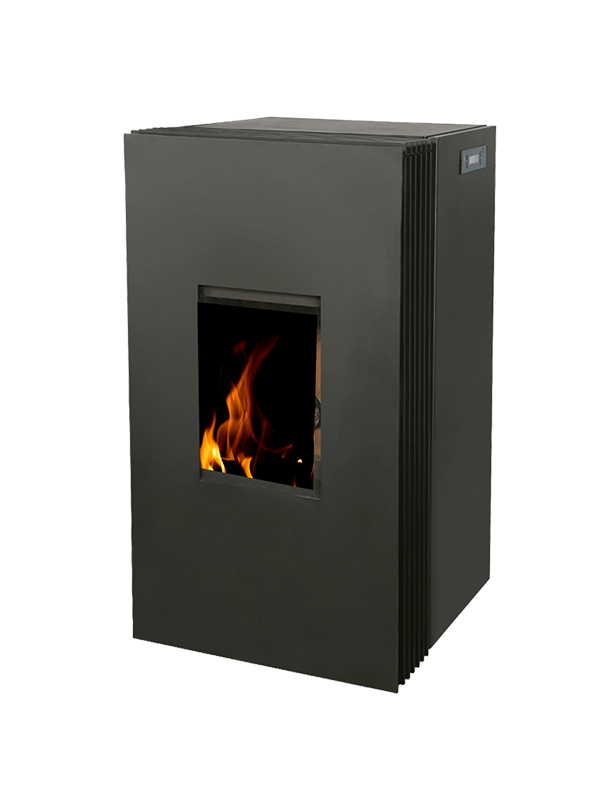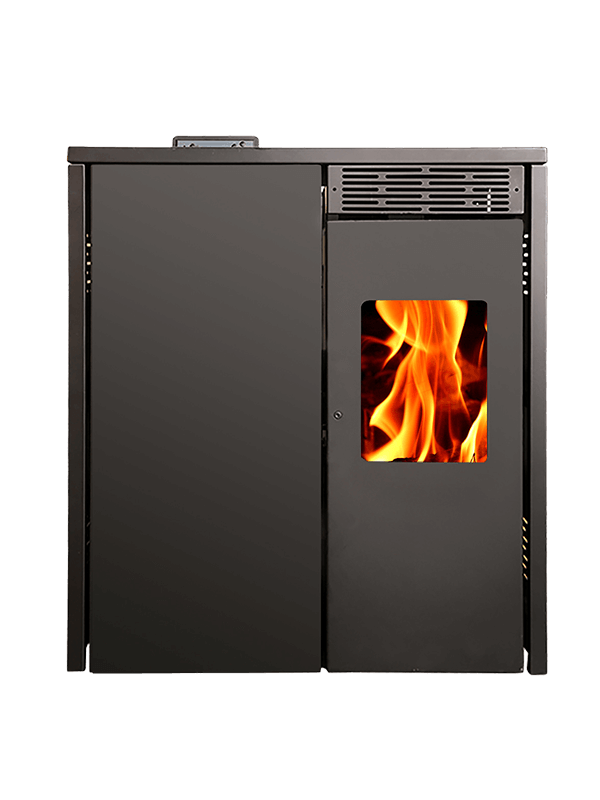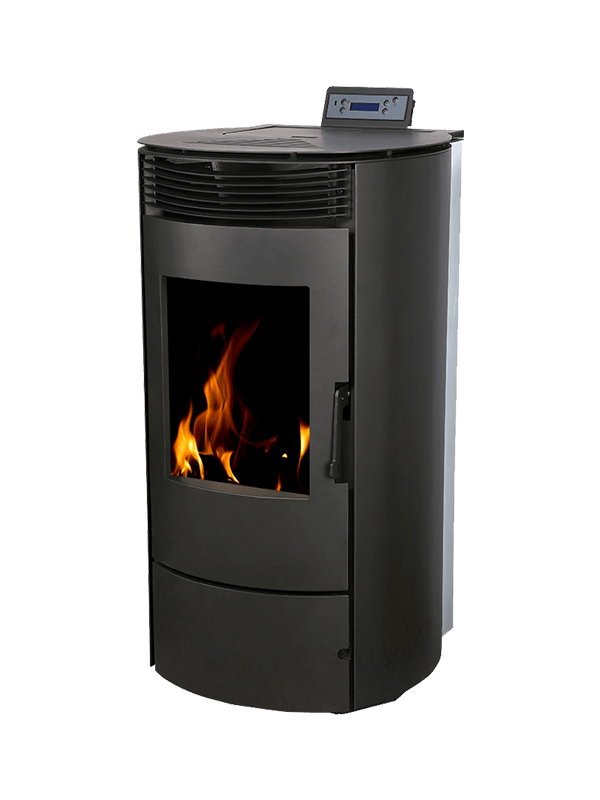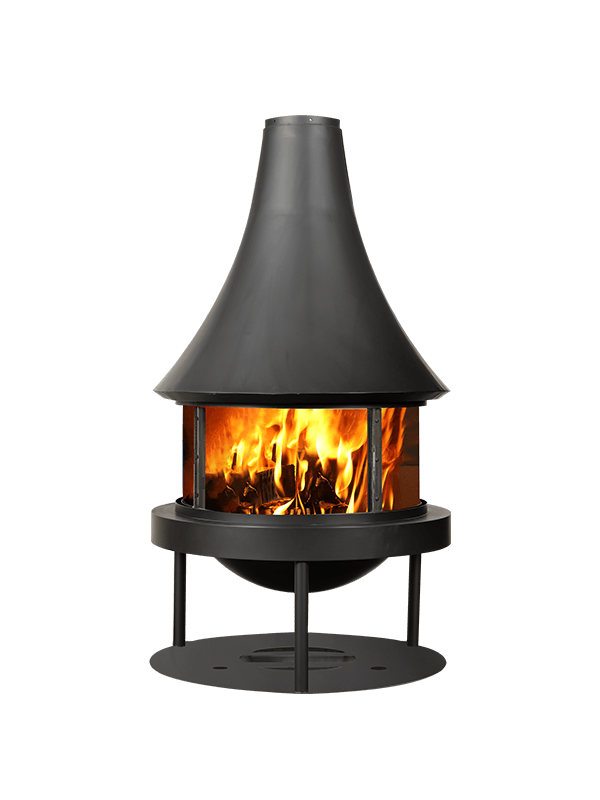A wood-burning stove, also called a fire poker, is an outdoor heating appliance designed to burn small wood-burning fuel like wood or paper-straw and wood-burning biomass fuel, including sawdust or peat. In general the appliance consists of an open firebox, often lined with wood-burning fireplace brick, and at least one or several thermostats. The most common models are cast iron and have a grate for draining smoke and releasing the heat. The wood used must be treated to prevent insects from turning it into wood chaff.
Wood-burning stoves were first put to use in the 16th century in Western Europe but they were hardly popular in the US until the later half of the 20th century. At that point the stoves became associated with urban living and many Americans realized that the smoke emitted was unhealthy and that they also caused air pollution. The Federal government banned its use in the US after realizing the negative effects of indoor smoking. However, the ban did not prevent the sales of wood-burning stoves in the US.
In the US the two most common types of wood-burning stove are the insert and the fireplace insert. An insert contains the firebrick lining for the fireplace and a metal chimney or flue. Fireplace inserts have a metal body and a metal cover to provide protection against sparks and to keep the chimney free of debris. Inserts are a better option for those who want the fireplace to produce more heat than the insert, because the extra combustion heat produced by the insert can be directed toward circulating air and heating the room. However, because most inserts are designed to produce less heat than a traditional wood stove, the cost of operating them is higher.
Fireplace inserts require a venting system that allows them to accept oxygen, as well as carbon dioxide. If the fireplace does not have a chimney, then the insert must vent the smoke upward, which can cause the smoke to spread into the structure of the house. For this reason, most fireplaces require an exhaust hood attached to the chimney, which allows the smoke to be expelled outside the structure of the home. In addition, because wood-burning stoves usually have a mesh or grate like front door to allow the entry of cool air from the house, the fire cannot leave the fireplace without venting out through this door.
Fireplaces are a very popular addition to homes, but they are less efficient than a wood-burning stove. Because the space in a fireplace is required for the firebox and venting, the space in front of the fireplace is unusable. Most homes have limited areas in which a fireplace can be built.
Also, wood-burning stoves emit a lot of smoke, as well as dank odors from the burning fuel. This must be vented outside, and is usually done with a chimney cap. As you can see, there are many factors that must be considered before installing a fireplace. They all depend on how much money you want to spend, your personal preference, and the location of your home.











-.png)











